
Developer: historia Inc.
Publisher: NIS America
Platform: Switch, PS4, PC
Tested on: Switch
The Caligula Effect 2 – Review
When Atlus released the original Caligula Effect game back in 2016, it probably didn’t quite make the impact they were expecting -which probably had something to do with it being a PS Vita exclusive. The game got a new lease on life a few years down the line though, when the expanded version, titled The Caligula Effect: Overdose, saw release on PS4, Switch, and PC, alongside an anime adaptation. The franchise saw enough popularity to warrant a sequel, the aptly named The Caligula Effect 2, which as you probably have guessed by now, is the subject of this review. Rather than Atlus, the game now comes to us courtesy of NIS America and developer historia Inc. Does their work turn out to be a worthy heir to Caligula’s throne?
Story
Full disclosure: we didn’t play the first Caligula Effect game, nor did we watch the Caligula anime. From context, we were able to gather that the events in that first game directly tie into the plot of The Caligula Effect 2, even though it mostly features a new cast of main characters. The game does throw newcomers a bone early on by having ⲭ, one of the characters, briefly summarize the plot of the first game as it is integral to her character motivation. Even so, the premise of the game is simple in theory but in practice, the main narrative is incredibly convoluted and can be difficult to follow. The story is mostly told through expository dialogue during the cutscenes rather than showing things on screen, probably because The Caligula Effect 2 isn’t a visual powerhouse in the first place. We also feel that we should add that despite missing a huge chunk of information due to not having played the first game, and the overall story arc feeling convoluted and bloated, the game’s writing is somewhat saved thanks to the characterization of the cast themselves, as they are well-written and quite likable.
Set in REDO, a virtual world created by an entity known as the Virtuadoll REGRET, the game’s cast finds themselves trapped in a Matrix-like situation. REDO resembles a Japanese high school where the students are reliving the same three-year cycle over and over again. REGRET thrives on the worship and admiration of REDO’s inhabitants who see her as the biggest pop star in the world, albeit a virtual one -similar to something like Hatsune Miku. The inhabitants of REDO are mostly unaware that the world they are living in isn’t real, but there are certain individuals that are subconsciously able to see through the cracks of REGRET’s illusion. Enter ⲭ, a Virtuadoll who happens to be the daughter of μ, the antagonist of the first game. Ⲭ is seeking to free the inhabitants of REDO from REGRET’s control, not because of a feeling of altruism but simply because there are adverse effects to living in a virtual world, such as people falling into comas.
Because this has all happened before -in the first game-, people are blaming μ instead of REGRET and so, ⲭ is determined to clear her mother’s name. Being a virtuadoll, however, she needs to team up with someone who can manifest physically. When she happens upon the game’s nameless protagonist, she bonds with him (or her), awakening his Catharsis effect, enabling him to fight against REGRET’s minions. The nameless protagonist is able to see the cracks in the illusion -which is why ⲭ chose to bond with him- but he isn’t the only one to do so. Soon enough, the pair runs into more students with this ability. With ⲭ eager to clear her mother’s name and the protagonist wanting to return to reality, they form the Go-Home Club with the other students, eager to take down REGRET’s lieutenants and ultimately, REGRET herself.
Graphics
The least we can say about The Caligula Effect 2’s graphics is that they look dated. Environments look like large, empty spaces, and the illusion of walking around in a sprawling cityscape is broken because there are only a handful of building (and store) designs that are copied and pasted ad infinitum. Textures lack detail and there are jagged edges everywhere. Add to this that the character models look extremely janky, with awkward movement animations, and you’ve got a title that looks like it came straight from the PS3 era. It’s a shame because the character designs themselves look great, as evidenced by the hand-drawn art that is shown on-screen during dialogues. Adding insult to injury is the fact that the in-game character models’ faces rarely show any form of emotion, making it difficult to connect to them as a player.
Sound
It shouldn’t come as a surprise that The Caligula Effect 2 features a fantastic soundtrack, as the story centers around virtual pop stars. The game’s OST is one of the game’s highlights, especially if you’re a fan of J-POP. We found ourselves returning to the music even when we weren’t playing the game. The voice acting is good as well, even though the game only features a Japanese voice track and no option for English voices. This is annoying because characters occasionally quip amongst one another while the party walks around but these quips aren’t always subtitled. We should also point out that there are virtually no ambient sound effects, though this wasn’t overly noticeable as the game continuously blasts J-POP music at you.
Gameplay
Like its predecessor, The Caligula Effect 2 is a JRPG dungeon crawler and although we weren’t overly impressed with the visual presentation of the game or the convoluted story, we did like what it had to offer when it came to gameplay for the most part. The foundation of The Caligula Effect 2 is solid and if you’ve ever played a game in the genre, you’ll mostly know what to expect: in between story scenes, you’ll navigate your party through maze-like areas, get into random encounters with enemies, level up your party and ultimately make your way to the boss of the dungeon whom you’ll hopefully end up giving a good kicking. Your party comprises up to four members from a selection of characters you encounter along the way, and each party member can fulfill a specific role, with the protagonist being the all-rounder.
What sets the turn-based combat system apart from other titles in the genre is that you get to see the likely outcome of your move and how other party members and enemies will respond before actually performing it. This means that you can adjust your strategy accordingly, even though in practice you probably won’t bother with previewing your attacks on the more common enemies. Still, it’s a neat addition that is especially relevant against bosses. The combat system is fantastic, but unfortunately, the same cannot be said for some other gameplay elements. The biggest offender here is the game’s handling of equipment and abilities, as there is hardly any explanation of how these are supposed to work. There is no real “equipment” present. Instead, you can equip party members with skills that increase their stats and temporarily grant an ability. If a party member fights enough times while having the skill equipped, they’ll learn the ability permanently. The game fails to disclose what an ability does, however. Unless you look up exactly which benefit an ability grants, you’ll likely end up simply grinding through the game without unlocking your party’s full potential.
The game’s affinity system suffers from the same level of obtuseness. From what we could gather, there are certain connections between NPCs, party members, and the protagonist, and these connections are made stronger by interacting with characters, completing side quests, or asking questions through WIRE, the game’s fictional social network. Sadly, without a proper explanation as to what the benefit of this was, we saw little point in working on this. Just like with the story, it seems like there is a lot of unnecessary chaff here. Perhaps if more effort was put into the visual presentation and a tighter gameplay loop, we’d have ended up with a better game overall and not the bloated, convoluted mess that the affinity system turned out to be.
Conclusion
The excellent combat system and fantastic soundtrack can only do so much to hide the fact that The Caligula Effect 2 suffers from some major issues that harm the overall gameplay experience. This is a game that would have benefited from some major streamlining and a little more effort in its visual presentation. Granted, there isn’t anything inherently wrong with the core gameplay, as this is a proper classic JRPG dungeon crawler. It’s everything piled on top of that solid foundation that makes The Caligula Effect 2 a bloated mess that ultimately ends up being a disappointment -not because it’s inherently bad but because it never capitalizes on its potential.
The Caligula Effect 2 - Review,1 Comment
Leave a Reply
You must be logged in to post a comment.

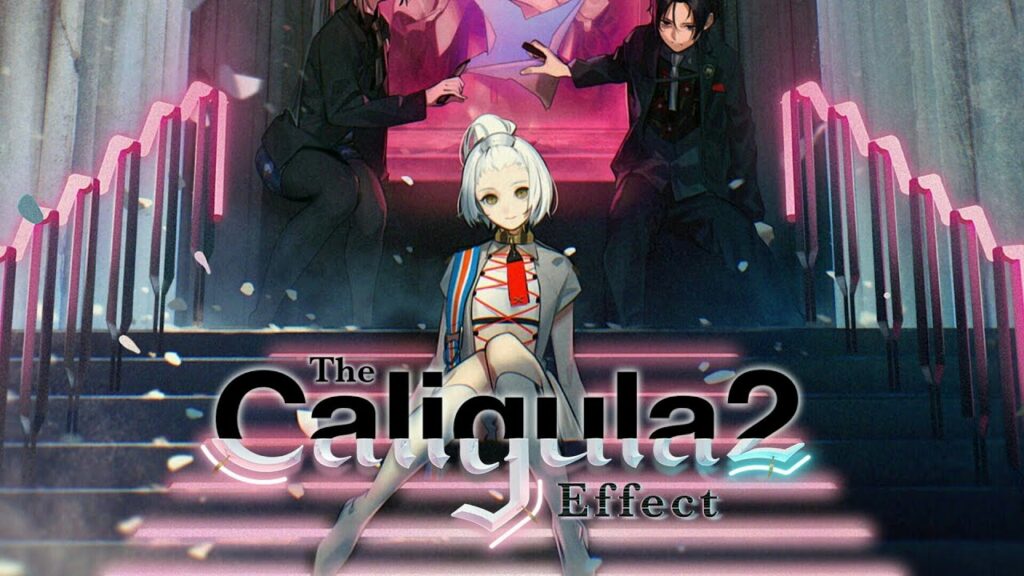


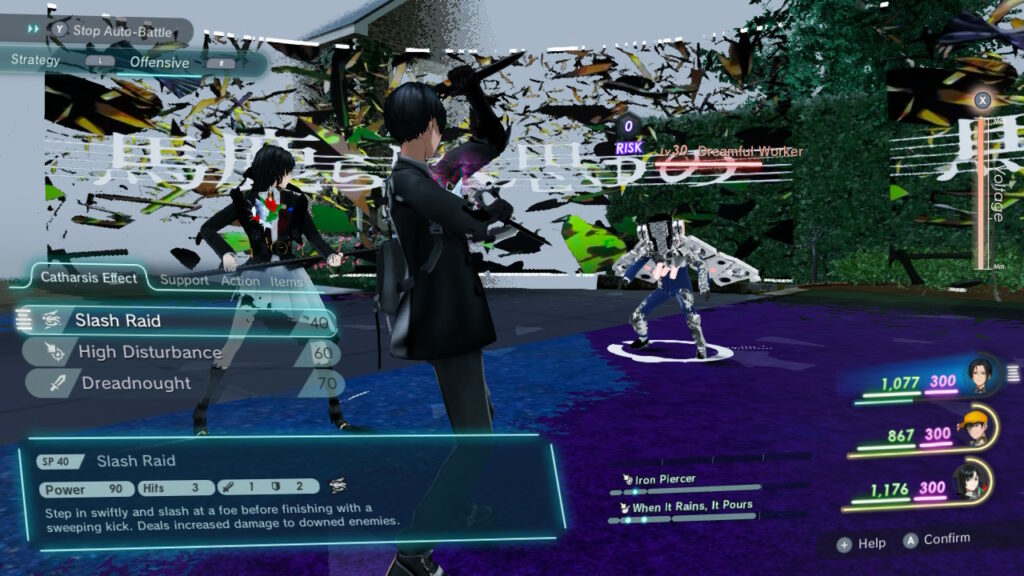
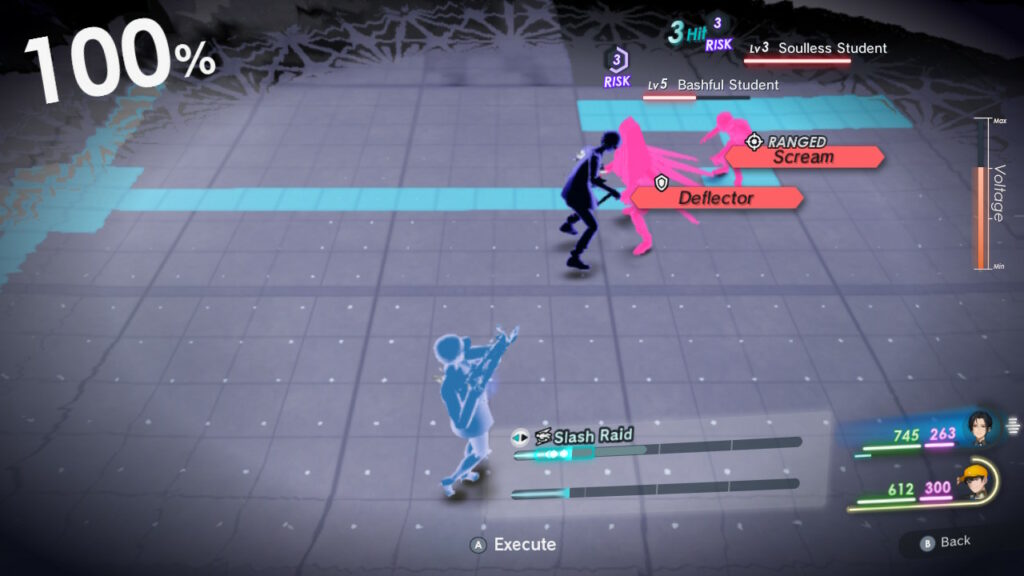
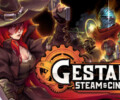

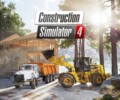
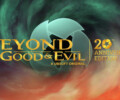
[…] a year ago, we took a look at The Caligula Effect 2, a JRPG/dungeon crawler hybrid from Historia Inc., that was released on the Switch and the PS4, […]